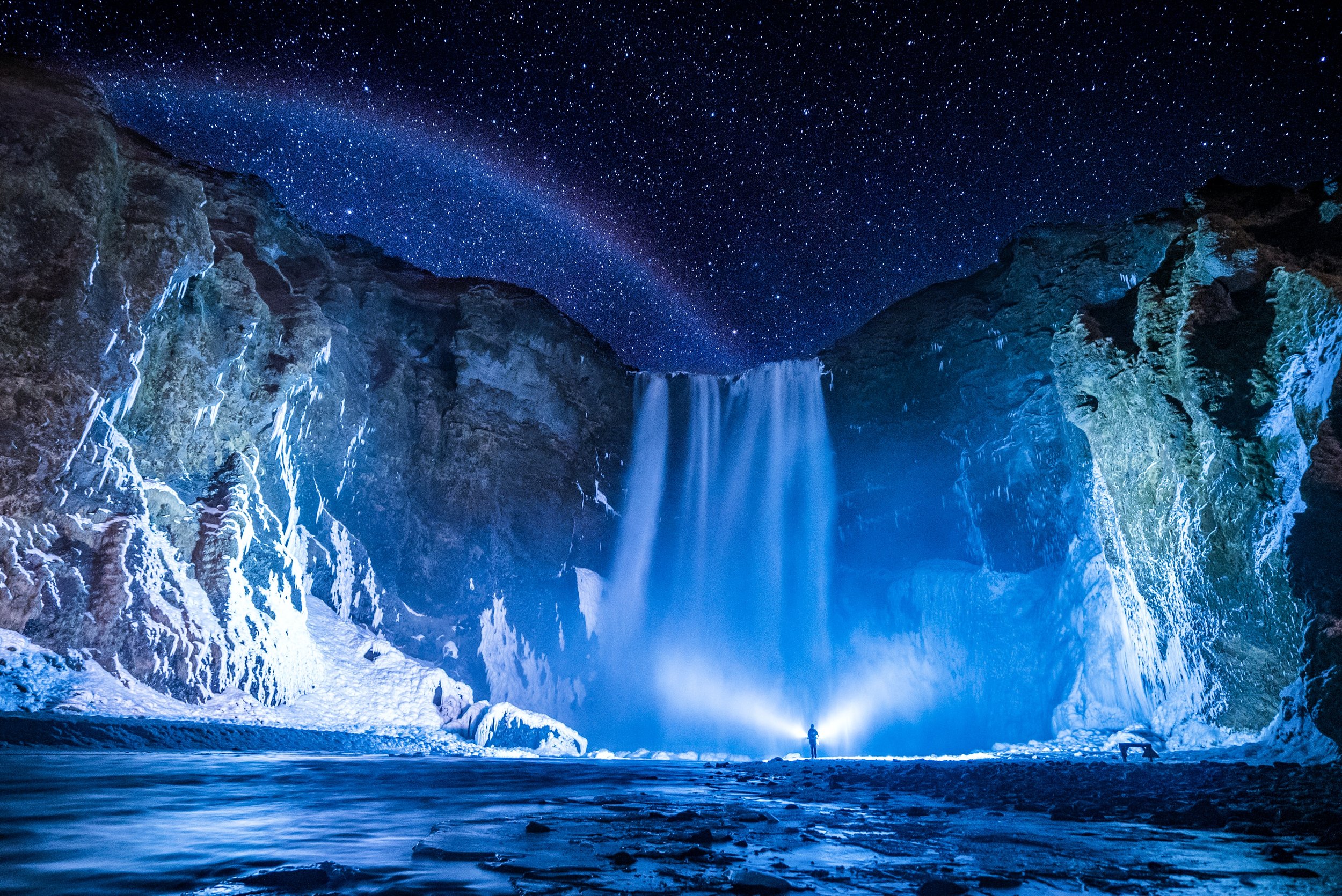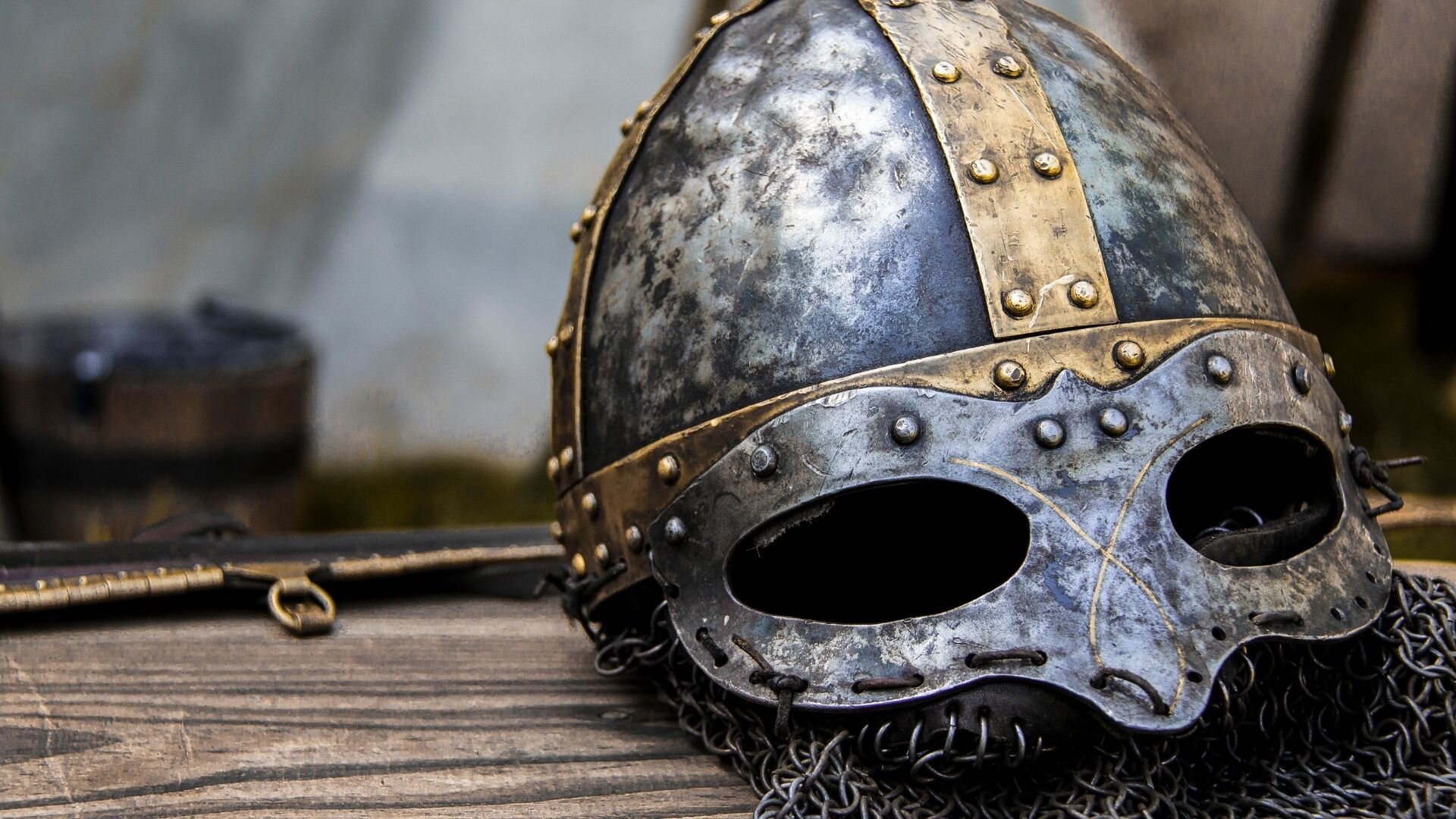Six Inaccuracies in History Channel’s ‘Vikings’ That Detract From the Show
For all its visual splendor, History Channel’s ‘Vikings’ gets some things wrong. And although the creative liberties the show takes in the first several seasons seem somewhat justified in the greater scheme of things, as the show goes on, these creative liberties get stranger and stranger, and more far fetched. Eventually, the errors in the show begin to detract from the overall story, not add to it.
Warning: spoilers ahead!
6. The Rus Did Not Invade Scandinavia
Although I thought it was cool the way the show brought in the Rus (actual historical people), I thought it was strange that they had them invade Scandinavia. There is no mention of something like this ever happening. And what exactly do the Rus have to gain from plundering Scandinavia? There are far richer lands they should be focusing their attention on.
5. Time
One of the biggest problems with Vikings, from the start, has to do with time. Events take place throughout the lifetime of the main characters of the show that span hundreds of years in actual history. Travels that initially take forever (like going to England, for example) that take up a lot of screen time happen instantly as the seasons go by.
The most unforgivable part to me, however, is not the time skips so as not to show redundant travel scenes or the fact that the timeframe of historical events is off. It’s that characters from all over the Viking Age who played important and significant roles at different periods were scattered haphazardly throughout the show – especially as time goes on.
4. Destinies of the Characters
In the fist arc featuring Ragnar Lodbrok, the ultimate destiny of the characters in history play a massive role in the story. We all know, for example, that Ragnar is going to die in a pit filled with snakes, and that is foreshadowed in the show. We also know that Rollo is going to be a great king like his historical counterpart.
In the later seasons, however, destinies no longer play an important role. In fact, how the characters really ended up in real life play almost no role at all.
Erik the Red – did not go blind and did not get killed in some barn in Norway.
Olaf the Stout – did not get burned alive by the Rus.
Ivar the Boneless – did not necessarily die in battle.
The list goes on. However, the delineation away from following the true historical fates of these characters into creating fictional ends for them takes away from the weight of the show.
3. Christianity Was Not Another Pagan Religion
Hirst, the creator of Vikings, seems to like to compare the pagan religion of the old norse with Christianity, almost as if they are one in the same. The show also likes to show very strange rituals take place that are not historically accurate to Christianity. Things like crucifying people as a punishment was never a thing in Christian Europe.
The show also likes to depict the Christians of the time as just as blood thirsty as the Vikings. This, also, is historically inaccurate. There was a reason that Vikings were able to conquer so much of Europe so quickly. Yes, that was largely thanks to their ships. But it was also do to the fact that their pagan religion made them much more ruthless than their Christian foes.
2. Ubbe Did Not Discover America
The first European (and Viking) to discover America was not Ubbe, or Othere, or even Floki. It was, in fact, Leif Erikson. This is pretty well documented, historical fact. I understand the story is ultimately about the sons of Ragnar, but why couldn’t Hirst have had Ubbe be taken to the new world at least via Leif Erikson?
1. Ubbe Also Didn’t Discover Greenland
The final, massively erroneous occurrence in Vikings has to do with Erik the Red and Greenland. The show featured both Erik the Red, and the discovery of Greenland. But they handled both historical events totally wrong. Erik the Red as he is depicted in the show is nothing like Erik the Red was. And Erik is regarded as one of the most famous Vikings in history! So why not do his character justice? Instead, he’s a sort of nebulous, two faced character who eventually gets blinded by magic and killed. What?
If you’re going to show the discovery of Greenland and also show the person who discovered Greenland, why not find a way to have those two things coincide…you know…since that’s how history happened?
Unlike in earlier seasons where the eventual destinies of the characters help foreshadow what is to come and give us something to expect and look forward to, strange inaccuracies like these derail audience expectations and ultimately hurt the show.
However, all in all the show was enjoyable despite its many short comings.









